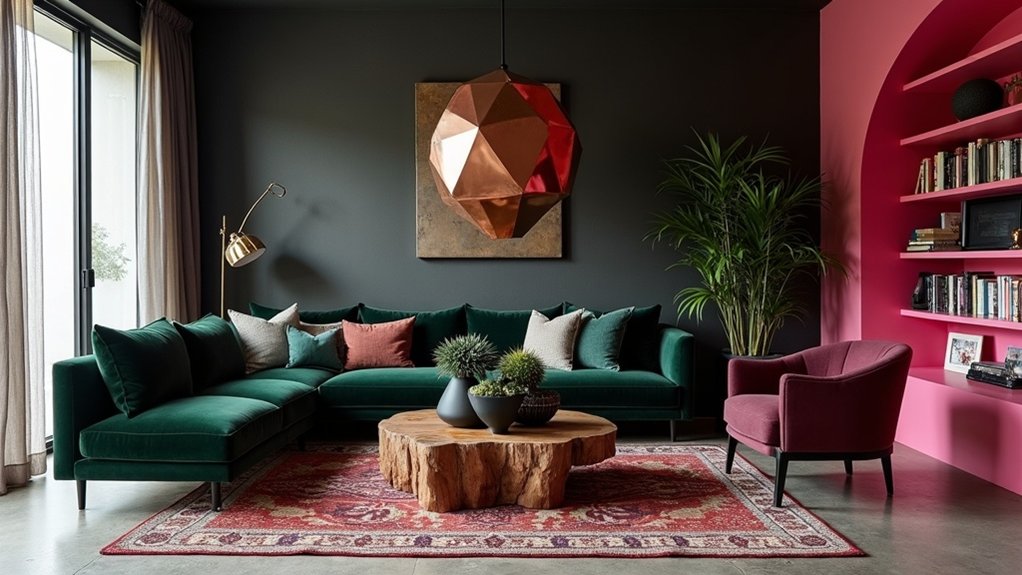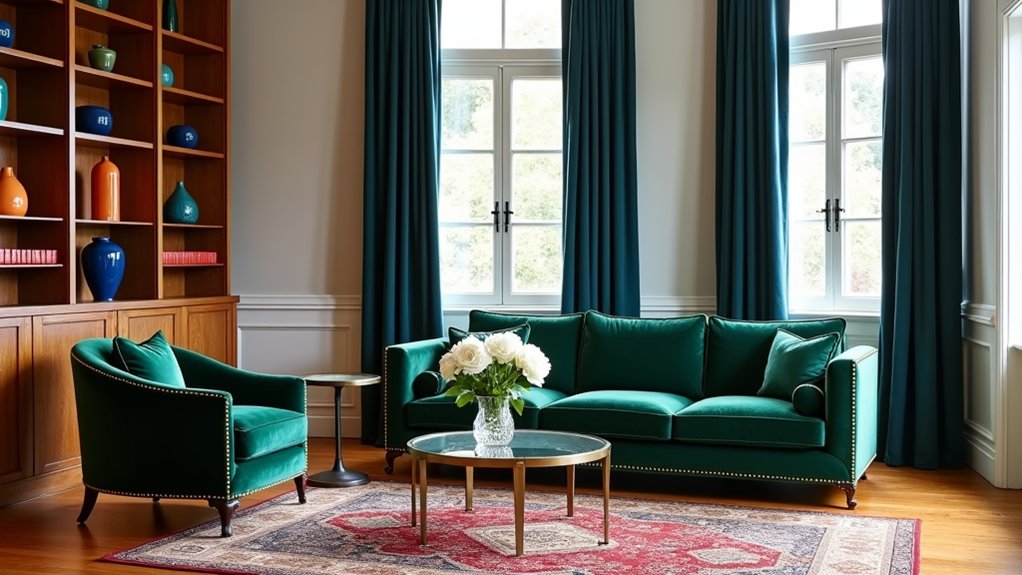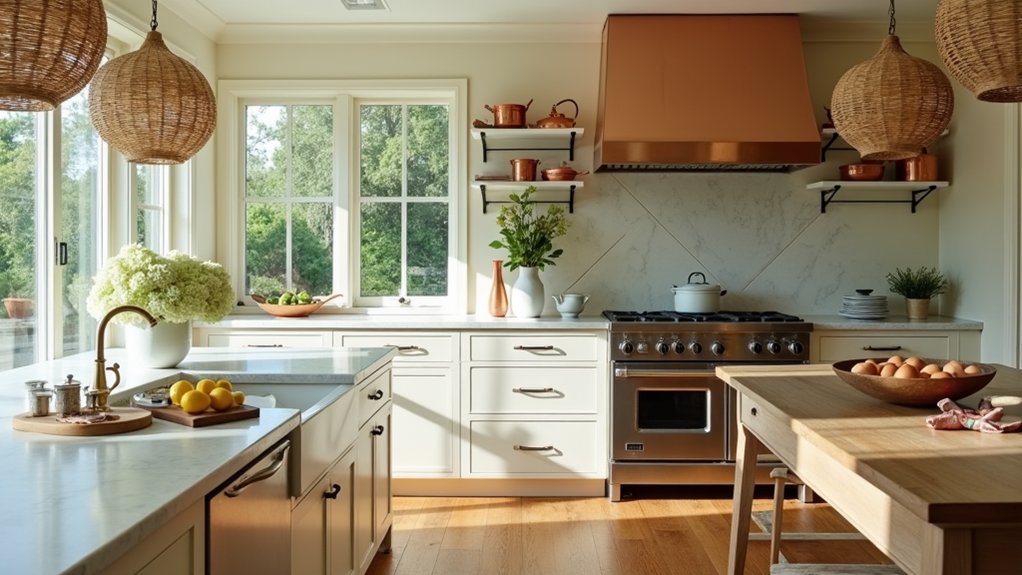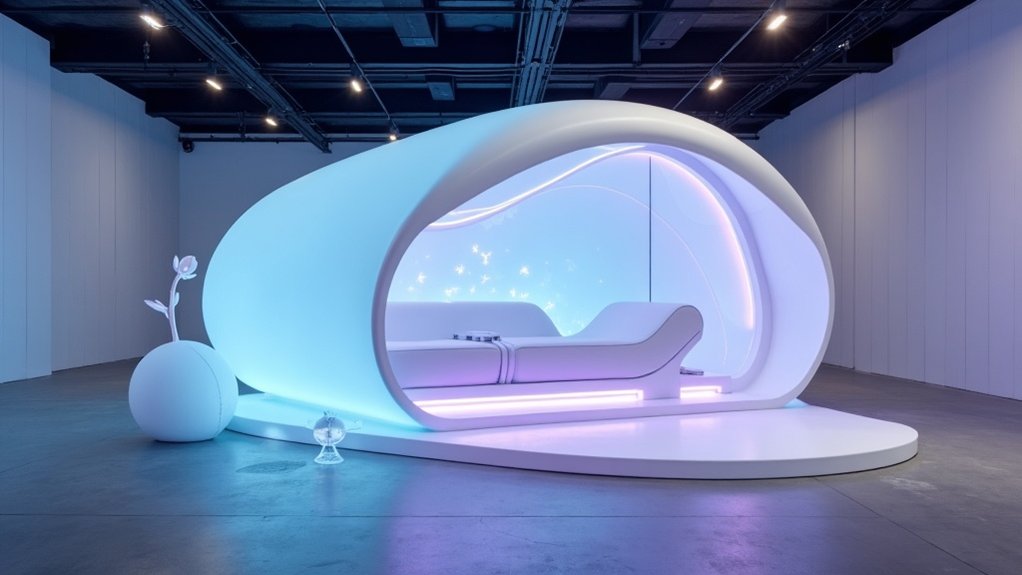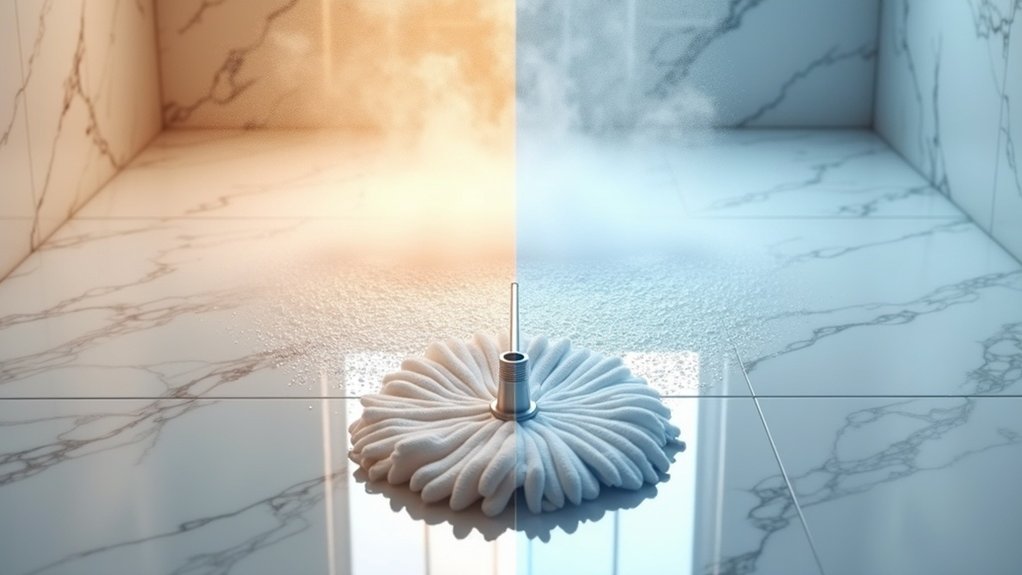The design world is witnessing a seismic shift as maximalism overtakes minimalism‘s decade-long reign, ushering in an era of bold patterns, saturated colors, and unapologetic self-expression.
“We’re seeing clients reject the sterile, Instagram-perfect aesthetic in favor of spaces that tell their personal stories,” notes interior designer Sarah Chen, whose recent projects feature everything from leopard-print wallpaper to cobalt-drenched libraries.
Color drenching has emerged as perhaps the most audacious technique challenging conventional wisdom about contrast and visual balance. Rather than limiting bold hues to accent walls, designers are painting entire rooms—walls, trim, ceilings, even radiators—in single, saturated tones. This technique, known as material drenching when extended beyond paint to encompass an entire room in one material, reflects the luxe homes of the 1920s while achieving an elevated, mood-boosting environment. The approach boldly treats ceilings as walls, incorporating them into the color scheme rather than defaulting to traditional white. This immersive experience celebrates individuality and storytelling through interior design.
This immersive approach creates cocoon-like environments that traditional decorators might have deemed overwhelming. Deep terracottas, moody greens, and rich ochres dominate these monochromatic spaces, with some designers pushing boundaries further by incorporating painted furniture in matching shades.
The return of architectural curves represents another departure from modernism’s rigid geometry. Arched doorways, rounded furniture corners, and organic silhouettes echo 1980s and 1990s aesthetics that many considered outdated just years ago.
“We’re carving out curved nooks in rectangular rooms and specifying kidney-shaped coffee tables,” explains architect Marcus Rivera. “These soft forms create flow and movement that sharp edges simply can’t achieve.”
Material and texture maximalism takes this rebellious spirit further. Designers are layering bouclé sofas with velvet cushions, ribbed ceramic tiles with woven wall panels, and mixing metals that conventional rules suggest should never meet.
The effect deliberately overwhelms the senses, creating tactile environments that invite touch and exploration.
Perhaps most radical is the wholesale acceptance of vintage and eclectic curation. Instead of unified furniture sets, spaces now celebrate temporal collision—Art Deco lamps beside postmodern chairs, Victorian curiosities atop mid-century consoles.
This approach values narrative over coordination, with found objects and flea market treasures given equal billing with designer pieces.
These trends collectively reject the notion that good design means restraint. They celebrate excess, champion individuality, and transform homes into three-dimensional autobiographies.
For those willing to abandon conventional design rules, the reward is spaces that pulse with personality and defy the algorithm-approved aesthetic that has dominated the past decade.
